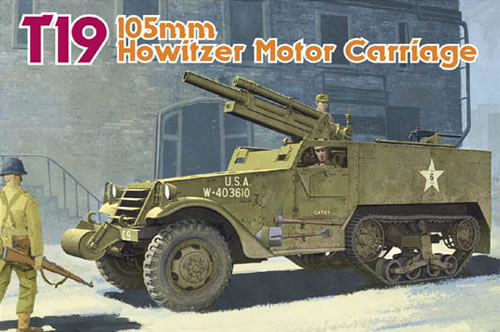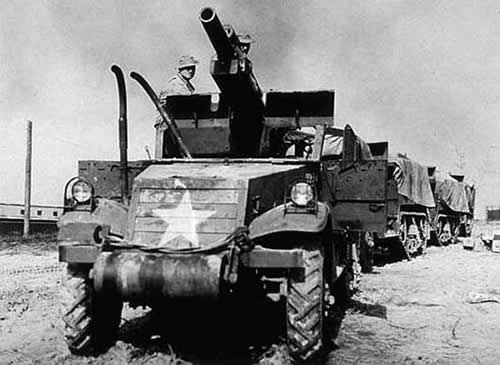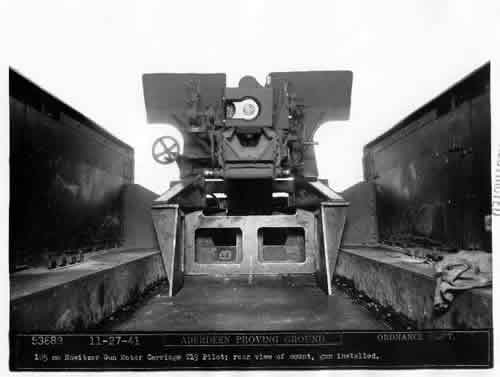|
Building
DML's T19 105mm Howitzer Motor Carriage |
 |
|
Dragon
Models Limited I approached this kit with keen interest. While I have a couple of DML's M2/M2A1 half-track kits on the shelf, I've not yet built one. However, I've built several of the old Tamiya kits, including work updating the M16 Multiple Gun Motor Carriage six months before the start of this kit. Of course, the Tamiya half-tracks were the mainstay for modelers for more than 30 years. So I was particularly curious to see the comparison between the old and new. On top of that, I've spent nearly two years focused on self-propelled guns (two M7 Priests from Academy and one from Italeri) and 105mm howitzers (Italeri, Academy, and DML). Those of you who follow this site on a regular basis will recall this began with the introduction of 105mm rounds and Priest update set from Resicast and an article on 105mm ammo authored by Kurt Laughlin and myself. I'm not going to call myself an expert, but I am quite familiar with the applicatons and use of the 105mm (I'm looking forward to DML's new Priest and then building the M4A3 105mm Sherman). So peeling the cellophane off the T19 box was a natural continuation of this subject matter.
Only 324 of the T19s were built between January and April, 1942, as a stopgap before introduction of the M7 Priest. They had a crew of six, and were accompanied by a companion hlaf-track ammo carrier. The T19 seen above appears to have exhaust snorkles in anticipation of a beach landing. A search on the Internet found a site that claimed as few as three authentic T19s are known to survive, one of them being a rusty carcass in possession of the website owner. Others have been fabricated for films, the most infamous appearing in Kelly's Heroes. Hunnicutt devotes only a couple of pages to the vehicle in his Half-track bible, and it doesn't even rate a mention in Hogg's The American Arsenal. With exceedingly few detailed visual references, one has to take DML at face value for accuracy on this kit.
The box (which, interestingly, displays an early shieldless 105mm on the cover) holds 12 sprues of plastic, a fret of photoetch, and an aluminum barrel. A lot of the parts from the M2/M2A1 base kit go into the spares. What is noticeable right away is the thinness of the body's armor walls, which DML has captured in scale much better than Tamiya. This invites opening windows and doors, which I opted to do. The instructions, on the other hand, are frustrating, most often because they are imprecise in pointing exactly where parts should be joined. Without the support of other visual references, close examination of the parts and instructions and frequent dry fitting is necessary. Introduction Building the Chassis Building the Tracks Building the Cab Building the 105mm Howitzer Building the Fighting Compartment Ready for Paint Painting and Weathering References -tss- |
 |
 |
 |
 |
 |
 |
 |
 |
 |
 |
 |
 |
|


